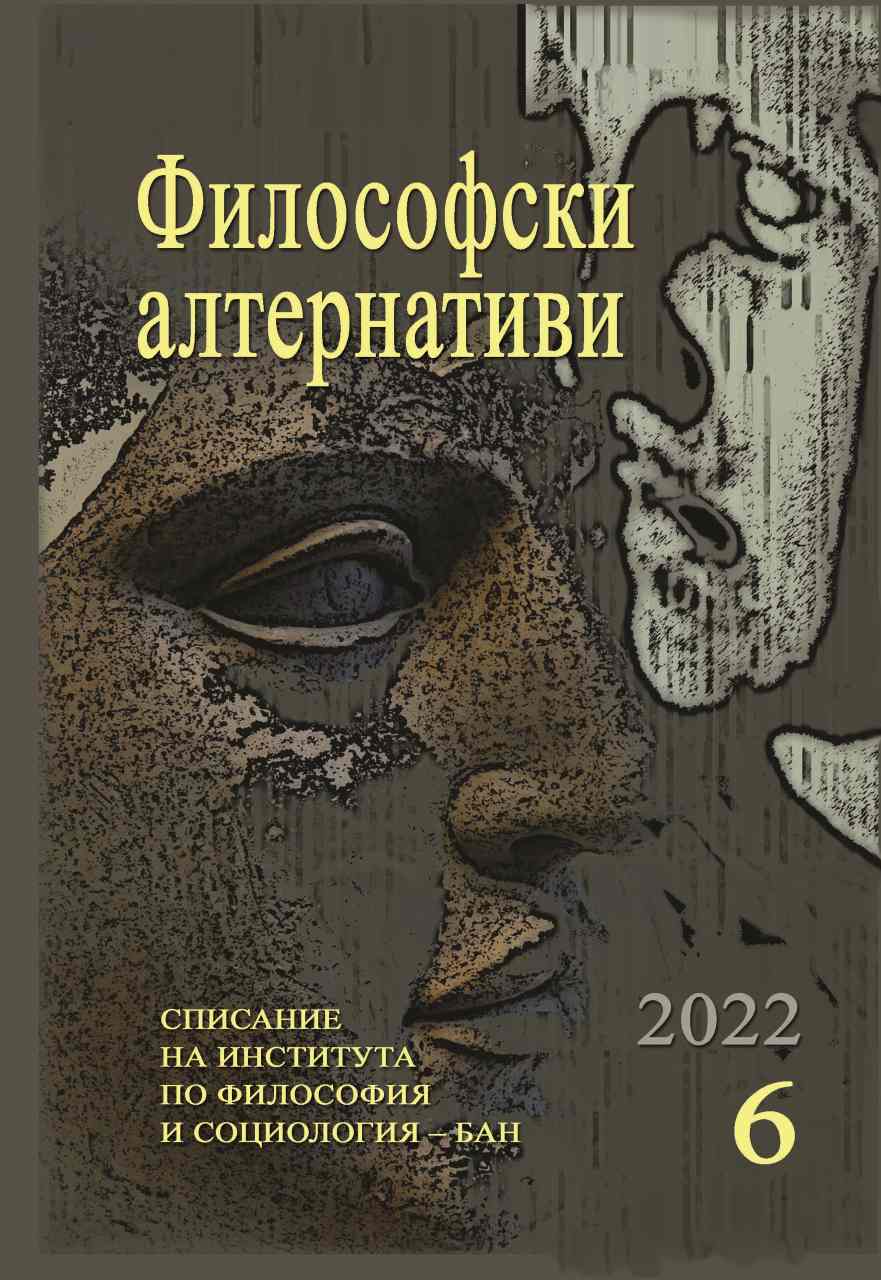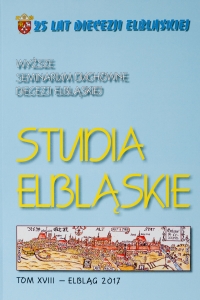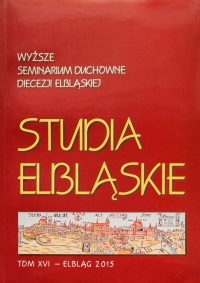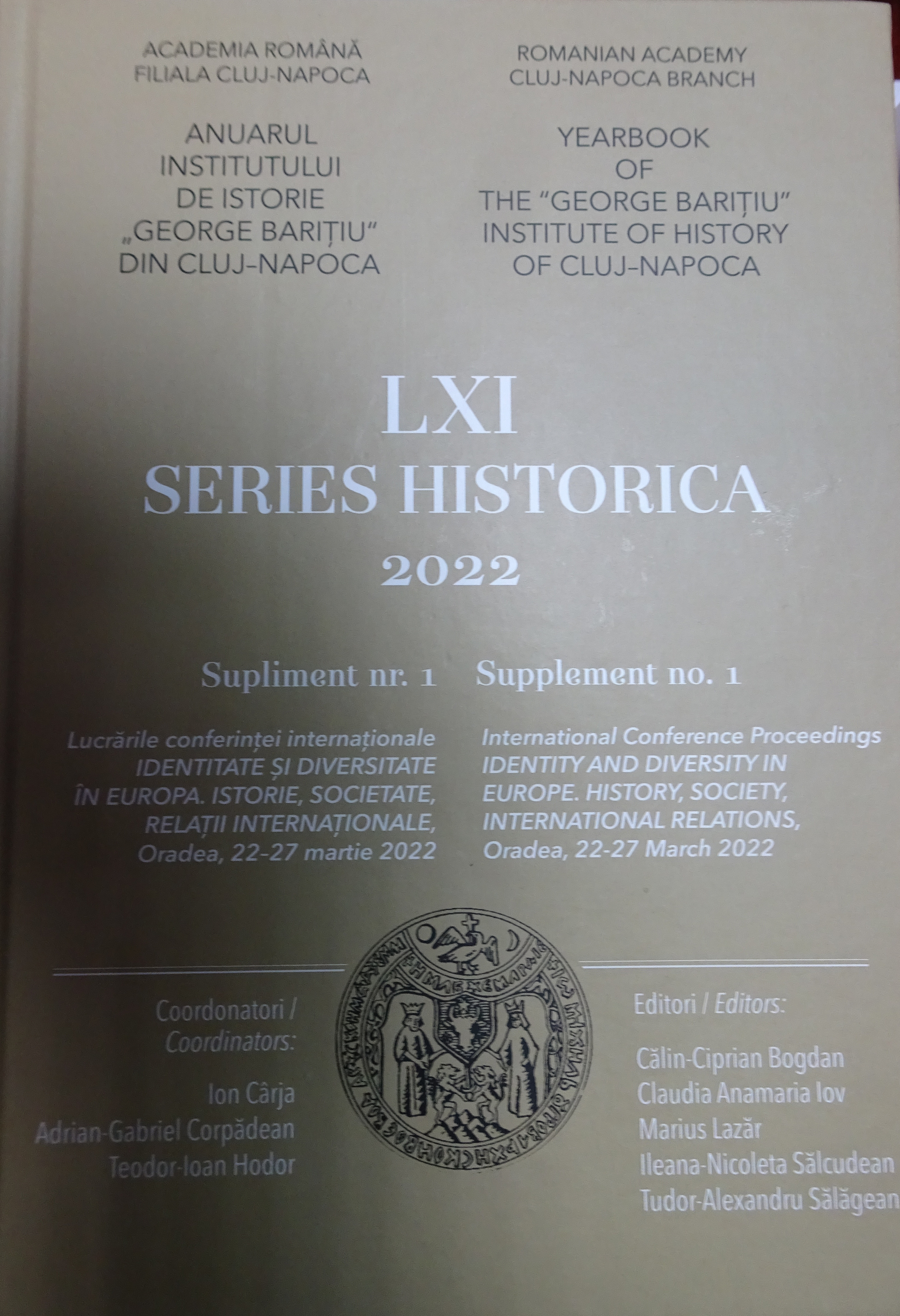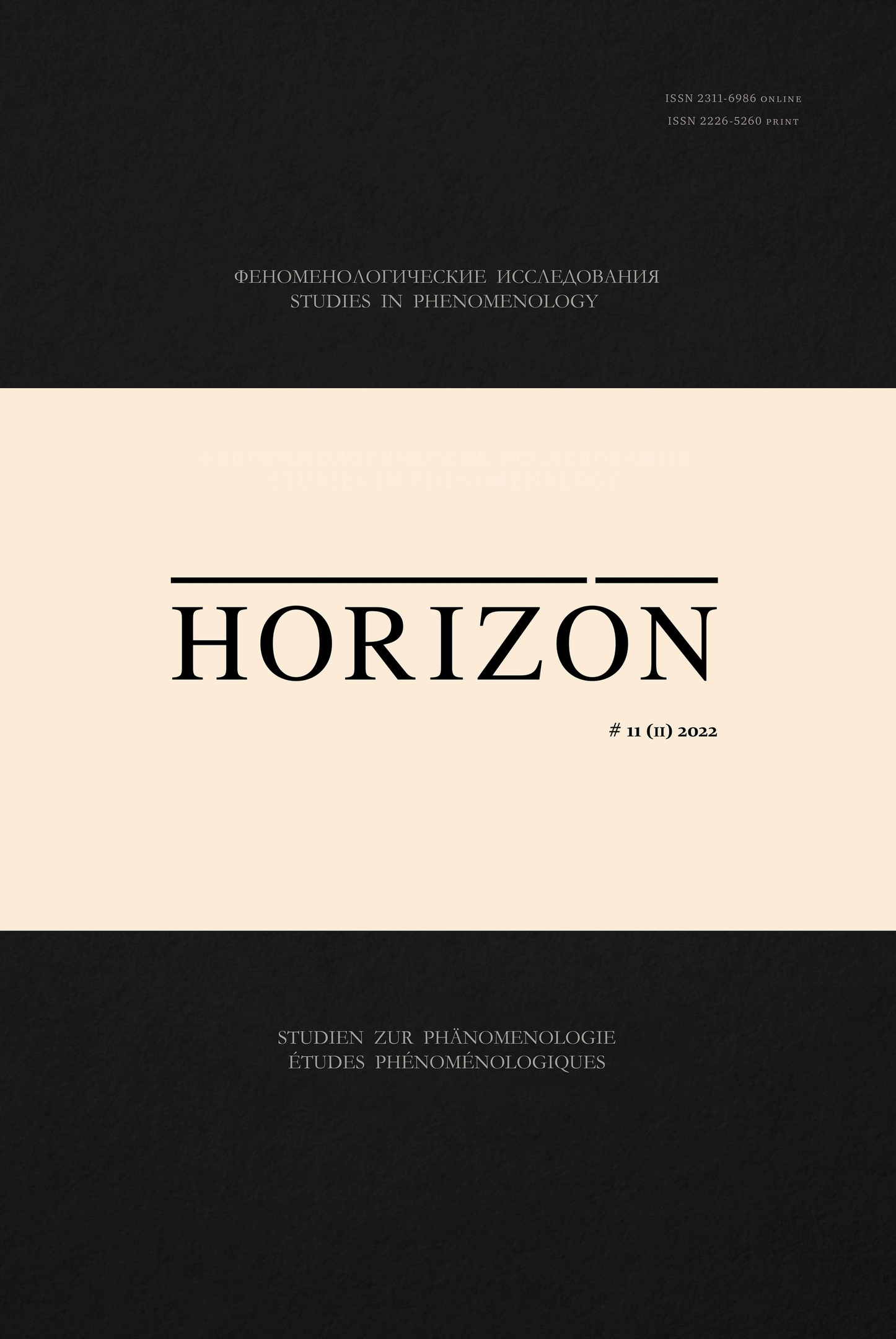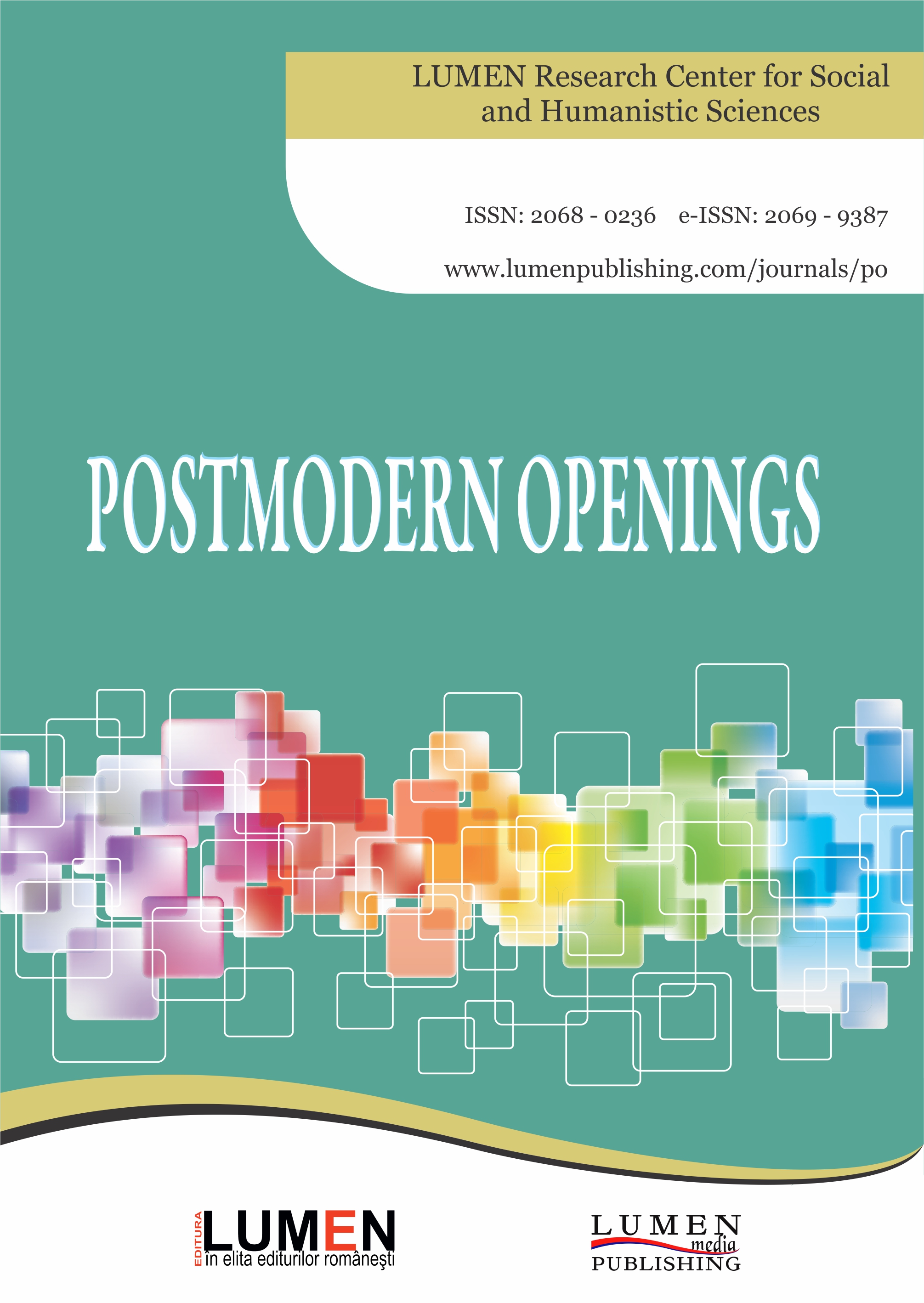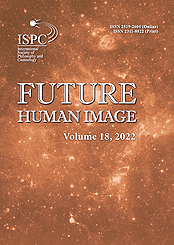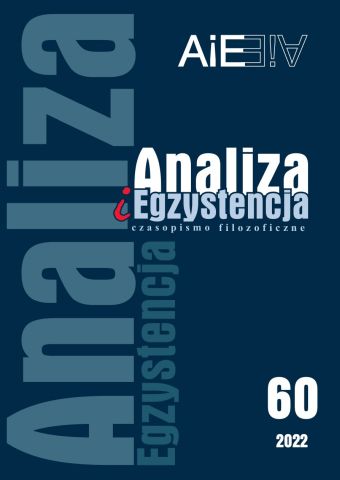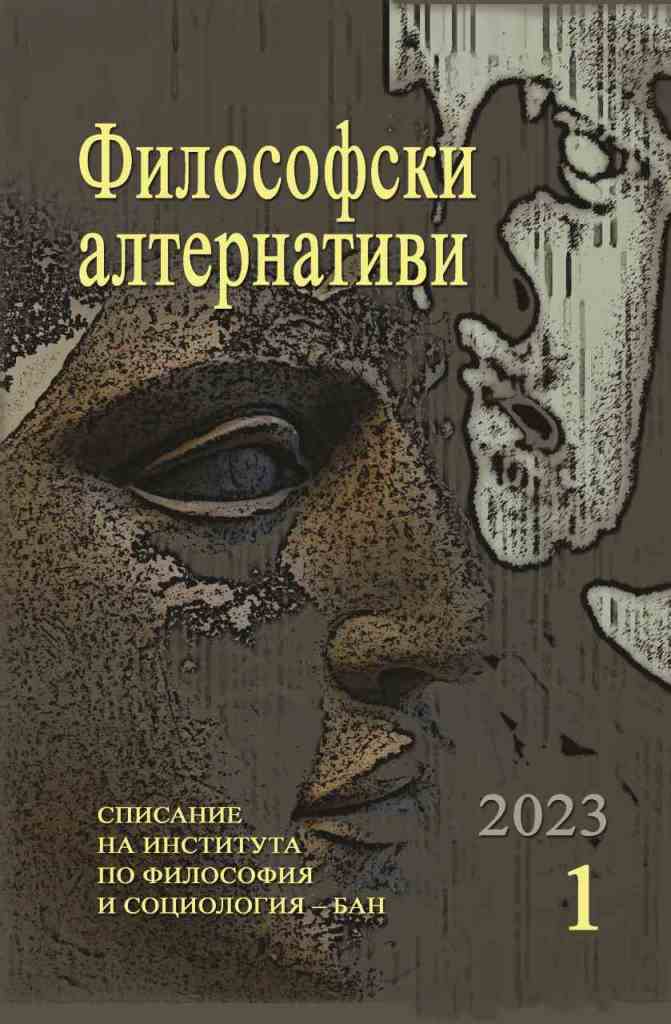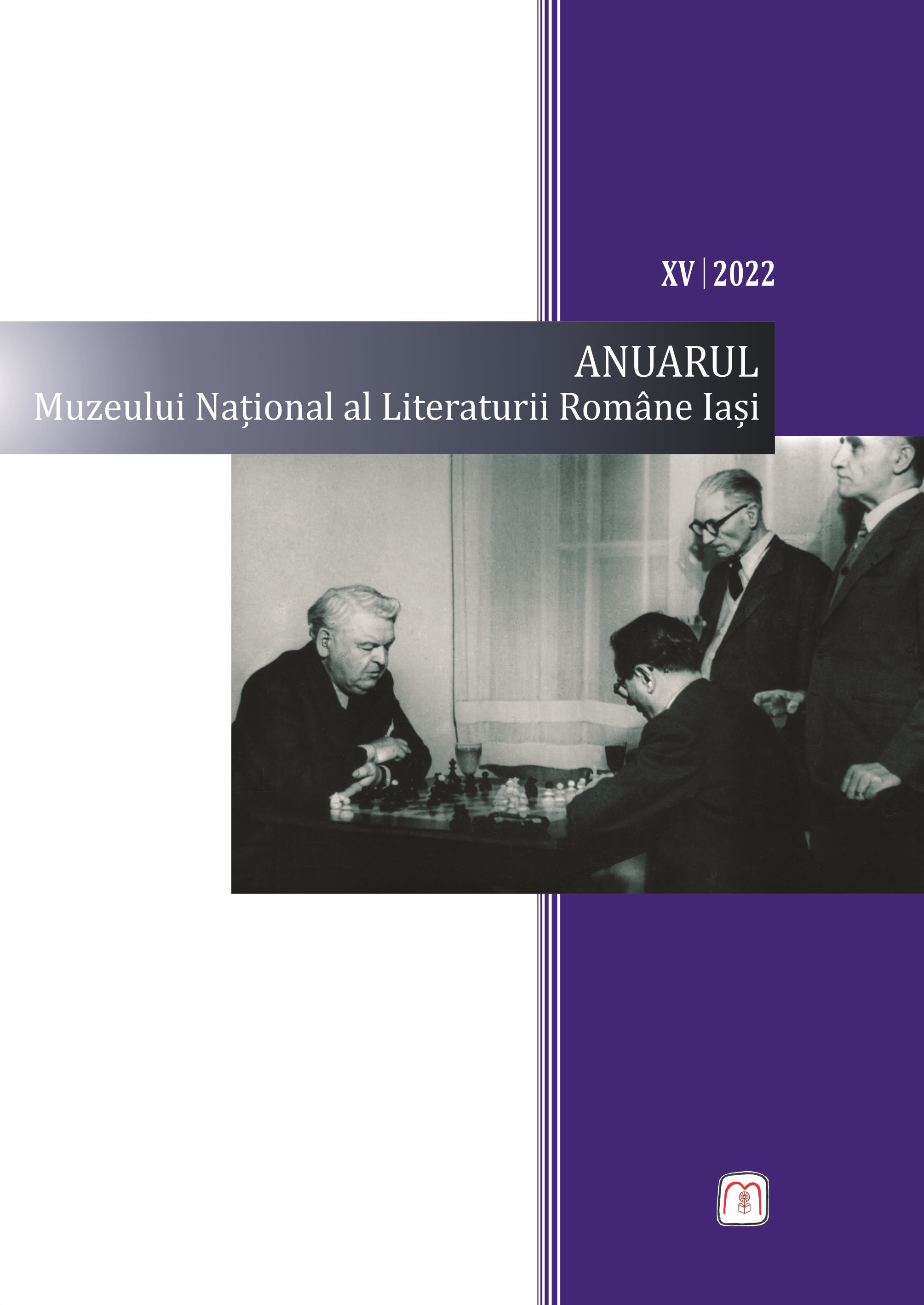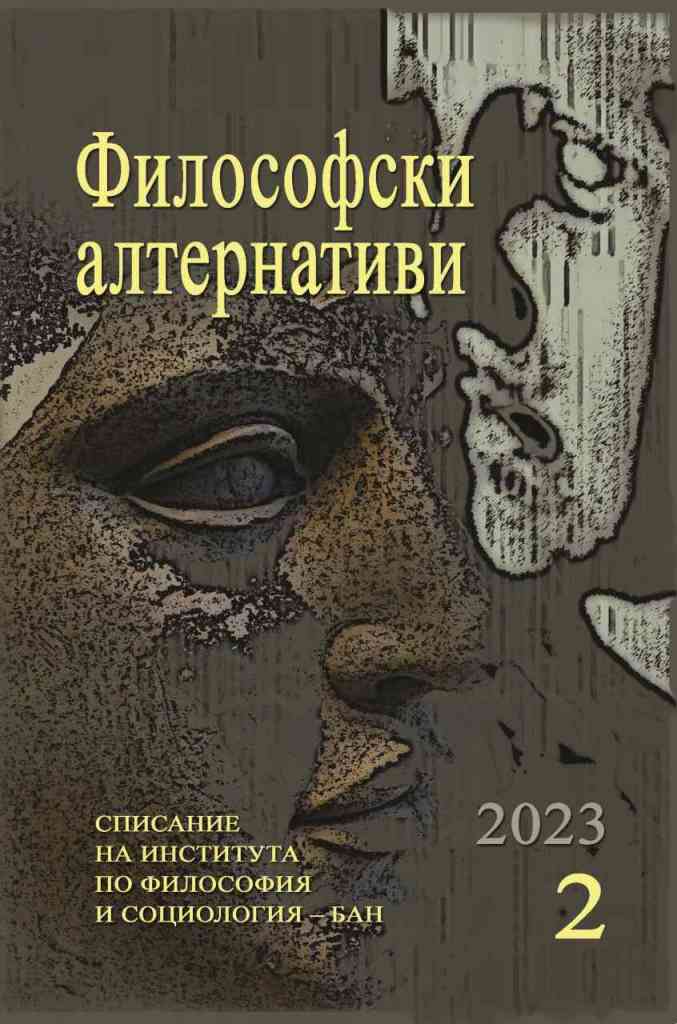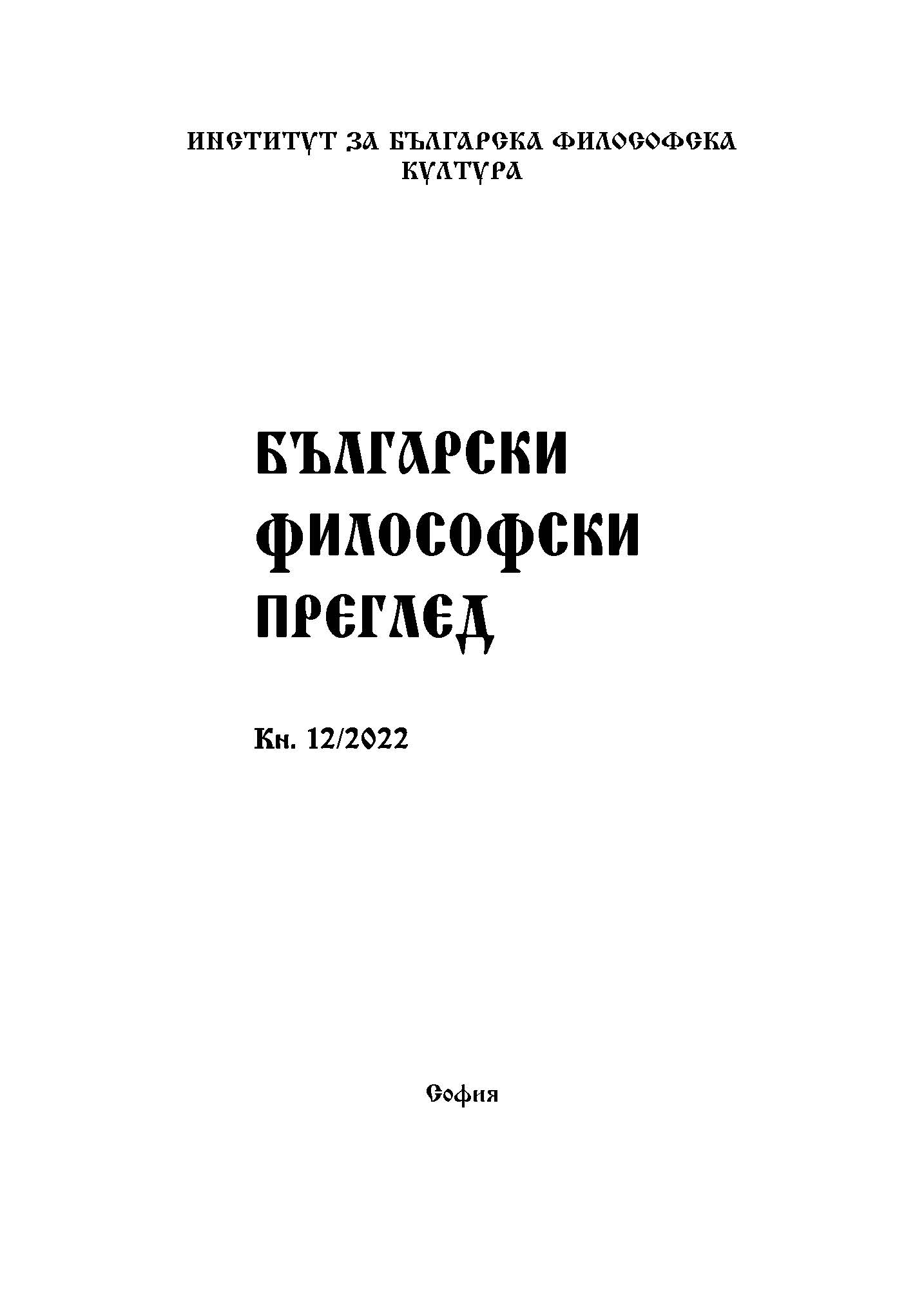Author(s): Anton Adămuț / Language(s): Romanian
Issue: XV/2022
The fact that from the perspective of Camil Petrescu’s philosophy all attempts to find a method ended in a resounding and constant failure, is likely to determine the change of position towards the very concept of the method. Any method, it is known from Descartes, seeks a rule according to which the judgment should be conducted in order to find clear knowledge. But clear knowledge, apart from that which we learn by intuition and by transfers of intuition, does not exist. Such knowledge is given in a substantial intuition. The knowledge of dialectical thinking, although certain, is not true knowledge. The dialectical essence is knowledge obtained by traditional methods, clear knowledge but not true, valid but not concrete. The concrete essence belongs to substantialism, but the simple concrete essence is a given without being a knowledge. We must find out the meaning of this concrete essence. The substantialist method can be called the ability to see sensitive, and to this sensitive, the authenticity and the substantial are ways of existence. In summary, we can find the conditions of the method in: the acceptance of the intuition of the essences, in the fact that the essence acquires its meaning from its relation to the concrete, through concrete thinking and then, thirdly, in what we can call adequacy. The essence of the method and its good functioning by respecting the imperatives has in view, as a goal, the substantialist certainty meant to replace the perfect certainty of the dialectic. It’s about the certainty of the given, the “new idol” – the concrete. This text proposes some new requirements and criteria of the substantialist method, more precisely about experience, certainty and verification.
More...
